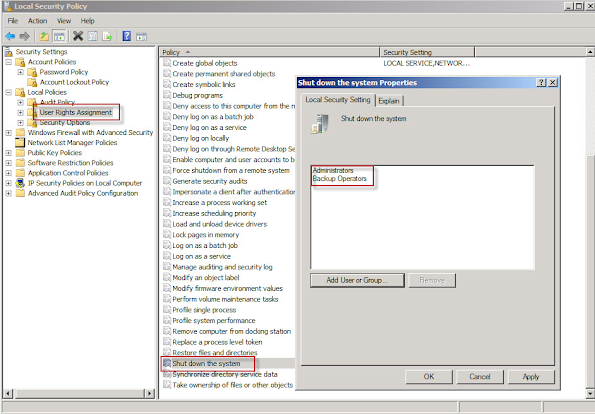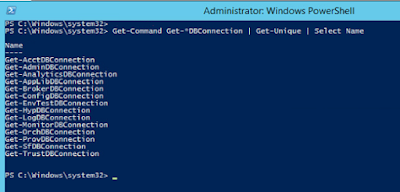Why or when to change RDP port number
A decision to change the Remote Desktop Protocol (RDP) port number should be based on a careful evaluation of the potential risks and benefits. Changing the RDP port number can enhance security by adding an extra layer of protection against automated scanning tools that often target default port 3389. This can effectively reduce the likelihood of unauthorized access attempts and brute-force attacks. Additionally, changing the RDP port number allows organizations to maintain a low profile in terms of network fingerprinting, making it more difficult for attackers to identify vulnerable systems. However, this decision must be weighed against potential drawbacks such as increased administrative complexity, compatibility issues with certain applications or firewalls, and the need for extensive configuration adjustments across all affected devices. Ultimately, before changing the RDP port number, it is important to thoroughly assess the specific security needs and infrastructure of one's organization, seeking expert advice if necessary.
How to Change the RDP Port Number in Windows 11
Open the Registry Editor open the Start menu and type "regedit." In the results that appear click "Registry Editor" icon to open.
The key we need to navigate to is "HKEY_LOCAL_MACHINE\SYSTEM\CurrentControlSet\Control\Terminal Server\WinStations\RDP-Tcp". This key contains the settings for the Remote Desktop Protocol (RDP) connection.
Once you have reached this key, locate the value named "PortNumber" on the right-hand side of the Registry Editor window. This value represents the current port number used for RDP connections.
KEY_LOCAL_MACHINE\System\CurrentControlSet\Control\Terminal Server\WinStations\RDP-Tcp
To change the port number, double-click on "PortNumber" and a small dialog box will appear. In this dialog box, select the "Decimal" option if it is not already selected. Now, you can enter a new port number that you wish to use for RDP connections.
Locate the "RCP-Tcp" key, in the right half of the window and select "PortNumber" and double-click.
After entering the desired port number, click on the "OK" button to save the changes. This will set the new port number for Remote Desktop Protocol (RDP) on your system.
It's important to note that when choosing a new port number, you should avoid commonly used ports to prevent conflicts with other services. The default RDP port is 3389, so selecting a different number like 1337 can help enhance security by making it less predictable for potential attackers.
Once you have changed the RDP port number, you may need to configure your network settings accordingly. If you are behind a router or firewall, you will need to forward the new port to your computer's IP address. This ensures that incoming RDP connections are properly directed to your machine.
Additionally, if you have any security software or firewalls enabled on your computer, make sure to update their settings to allow incoming connections on the newly assigned RDP port.
The setting change takes effect immediately. There isn't a save menu option in registry editor.
How does RDP protocol and client access servers and desktops.
A little more about RDP. The Remote Desktop Protocol (RDP) is a proprietary protocol that allows users to remotely access servers and desktops. It establishes a secure connection between the client device and the remote computer, enabling the user to interact with the remote system as if they were physically present. The RDP client, typically built into Windows operating systems, enables users to initiate a connection by entering the IP address or hostname of the server or desktop they wish to access. Upon successful authentication, RDP transfers display and input data over this connection, allowing users to view and control the remote system's desktop in real-time. RDP efficiently compresses and encrypts transmitted data, ensuring confidentiality and minimizing lag. Additionally, advanced features like file transfer and printer redirection further enhance its functionality. Overall, RDP serves as an indispensable tool for professionals needing convenient remote access to servers and desktops while maintaining security and performance standards.






